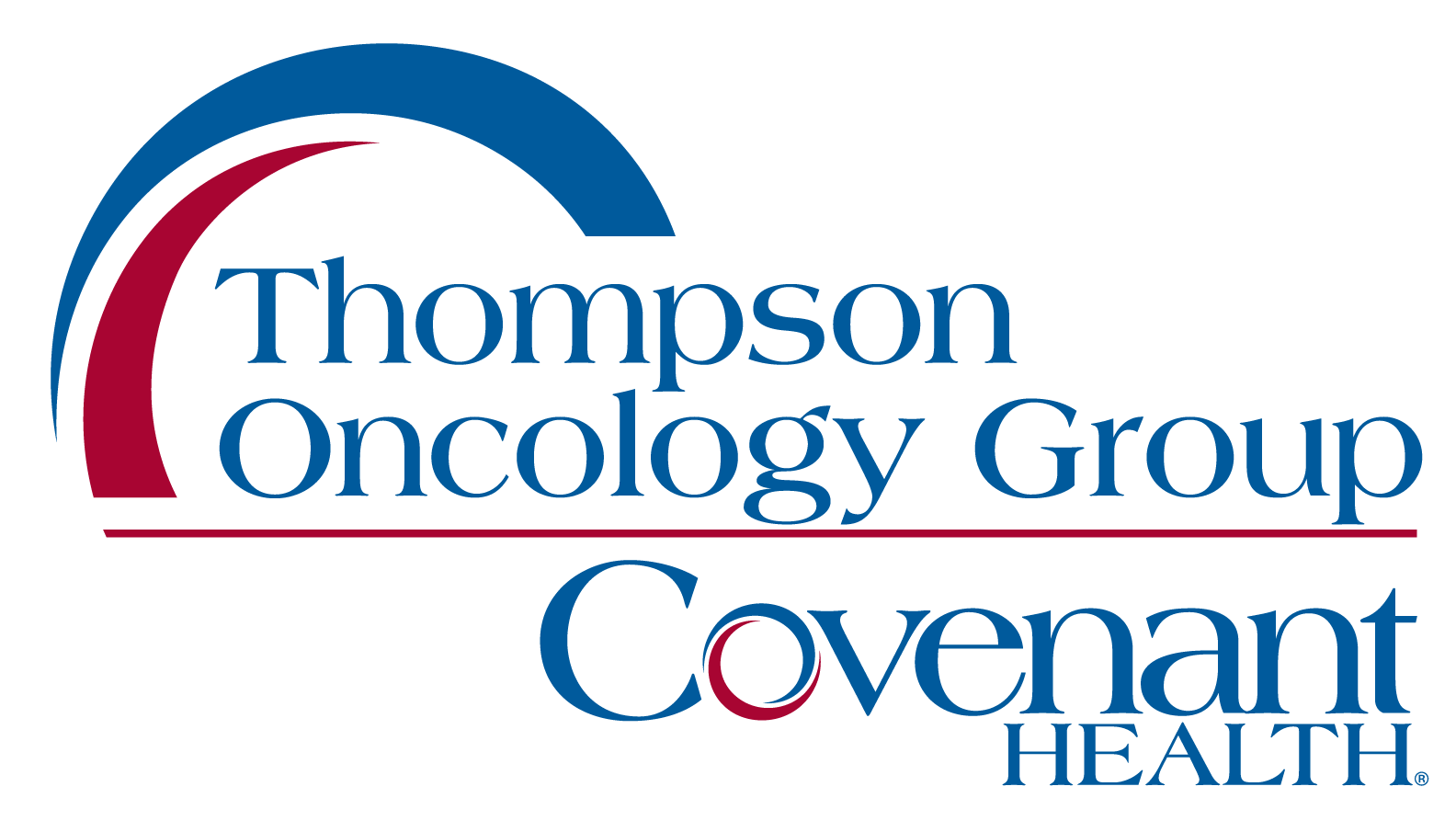Oncology Pharmacy: What are CTSDs?

What are CSTDs?
A closed system transfer device or “CSTD” is a drug transfer device that prohibits the escape of the hazardous drug and its vapor concentrations into the surrounding air. CSTDs consist of multiple pieces that work together to form a system. The system uses an air-cleaning technology to prevent the escape of hazardous medications into the work environment. When used appropriately it offers enhanced protection against potential exposures.
How CSTDs Are Used at Thompson Oncology Group
At Thompson Oncology Group, CSTDs are used by both nursing and the pharmacy department when handling chemotherapy. The devices protect the pharmacy personnel compounding the chemotherapy by preventing the release of vapors from the drug and by reducing the potential of an accidental drug spill. Once compounding is complete, the nurses administer the chemotherapy to patients through a CSTD, which serves to protect them in the same manner.
When used appropriately, CSTD along with the other aforementioned engineering controls, provides healthcare workers with a sense of protection from hazardous medications. Protecting employees while maintaining the sterility of the chemotherapy prepared for patients is of utmost importance for everyone at Thompson Oncology Group.
Here is an interesting video of a CTSD use-case.
Why does Thompson Oncology Group Use CSTDs?
If something is labeled as hazardous, it is dangerous, can be harmful, and probably should be avoided. We typically associate medications with helpfulness, as drugs we use to help us to get better. Sometimes medications can help the patient while potentially harming the healthcare provider.
Medications are considered “hazardous” if they possess one of the six characteristics listed below:
Characteristics of a Hazardous Drug:
- Genotoxicity: the ability to mutate a gene
- Carcinogenicity: the ability to cause cancer
- Teratogenicity: the ability to cause defects in fetal development
- Fertility impairment
- Serious organ toxicity at low doses
- Chemical structure and toxicity profile similar to existing drugs determined to be hazardous
Why would anyone use hazardous drugs?
In medicine, even treatments labeled “hazardous” can be a useful way to fight or treat certain illnesses, like cancer.
Chemotherapy, a term that describes multiple cytotoxic drugs used to treat cancer, meets the criteria of a hazardous treatment. Cytoxic drugs can prevent cells from reproducing and can even kill cells, because of the toxic materials they’re made from. However, that’s precisely what can make the drugs lifesaving.
(Cytotoxic means a drug prevents cells from reproducing or causes cells to die because it contains chemicals that are toxic to cells.)
When chemotherapy is administered to a patient, the risks of it doing harm are outweighed by its ability to fight and potentially cure cancer. However, if healthcare workers have unintentional prolonged exposure to these medications, they may suffer adverse health-related consequences.
According to the CDC and The National Institute for Occupational Safety and Health, “About 8 million U.S. healthcare workers are potentially exposed to hazardous drugs, including pharmacy and nursing personnel, physicians, operating room personnel, environmental services workers, workers in research laboratories, veterinary care workers, and shipping and receiving personnel.”
So how can this type of exposure happen?
The risk of exposure to hazardous drugs
A simplified explanation of the compounding process is as follows: Pharmacy personnel transfer, and in some instances reconstitute, the chemotherapy at patient-specific doses typically from the vial supplied by the manufacturer to another vessel. This vessel is usually a bag of fluid confirmed to be compatible with the drug or a syringe used to administer the medication to a patient.
This compounding process is completed in a sterile environment using an aseptic technique. During these manipulations, chemotherapy drugs have the potential to release hazardous vapors into the air if the technique is not done correctly. These vapors put the pharmacy personnel at risk for exposure and possible adverse health effects. However, pharmacy department personnel, like pharmacists and technicians are not the only people impacted. Nurses also face the risk of exposure to vapors when administering these medications to patients.
Exposure to hazardous medications can cause both acute and chronic health effects, such as skin rashes, adverse reproductive outcomes, and even possibly cancer. The health risk to a healthcare worker depends on how toxic the drugs are and the amount of exposure the healthcare workers experienced. One way to protect workers from these dangerous exposures is through the use of engineering controls.
Thompson Oncology Group has implemented several of these engineering controls to protect its employees and patients. A few examples include negative pressure rooms, Biological Safety Cabinets, and Personal Protective Equipment (PPE), and it’s why CSTDs are so essential to the future of patient care and healthcare safety.
Thompson Oncology Group’s Commitment to Safety
At Thompson Oncology Group, patient safety is top-of-mind, but so is the health and safety of pharmacy and nursing staff. Through the use of CSTDs, we can continue offering the same industry-leading care we always have and ensure our staff is safe during patient treatment.

